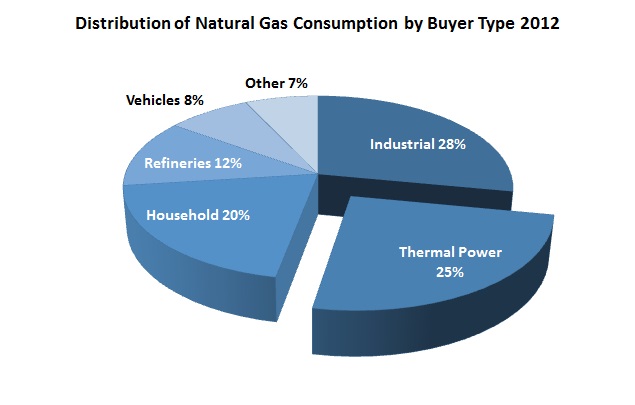Counts were back up to 41 above recent and long-term averages. Once again, this was a below average week for guerrilla-initiated. Our 4-week Moving Average incident count was steady at 35.3 incidents and the 52 week average was up to 38.7 incidents per week.
Once fully operational in August, the Bicentennial Pipeline will move 110,000 barrels of oil daily to the expense of around 3300 trucks that will no longer be used to transport crude.
The land reform deal which the Farc and government delegates announced on Sunday May 26 continued to get reactions from the political spectrum in Colombia and beyond.
In 2013 almost none of the assigned royalties from mining and energy production have been executed for regional projects and last year the investment of these funds amounted to only 5% of the total COP9.1TR (US$4.77B).
After allegedly skipping out on repeated debates in the congressional Fifth Commission, congressional members are looking to police intervention to get the head of the Authority of Environmental Licenses Luz Helena Sarmiento to heed their summons.
Ecopetrol has signed a memorandum of understanding (MOU) to form an alliance with Quadrise Fuels International (QFI) and use MSAR technology for processing heavy fuel oil.
The Bicentennial Pipeline (OBC) met with representative of the Disaster Risk Management of Casanare to detail its contingency plan in order to integrate it with the departmental plan.

Colombia’s association of natural gas producers Naturgas has formulated three proposals that it says will make gas more competitive for industrial use. It has presented its proposal to regulatory authorities for their review.
The General Royalties System (SGR) is calling on Colombia’s academic institutions to help facilitate the proposal process in regions through a “Train the Trainers” program where the universities will play a greater role preparing regional institutions for the SGR proposal process. Parallel to this announcement, the entity also summarized the results of royalty investments in several areas and received new projects as well.
The implementation of the new General Royalty System (SGR) -now in place for a year- has yielded positive results including greater transparency and access to funds for regions, according to Mauricio Santa Maria, director of the National Planning Department (DNP).